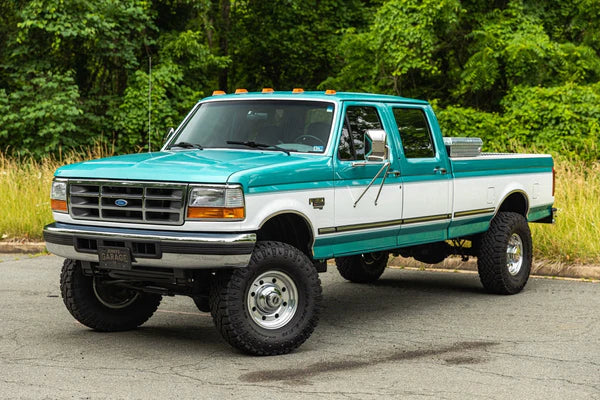In the world of trucks, engine reliability is the cornerstone of both consumer trust and commercial viability. Whether it’s for hauling cargo across vast terrains, tackling rugged off-road jobs, or simply serving as a dependable daily driver, a truck’s engine is expected to withstand punishing workloads and long mileage with minimal downtime.
However, not all truck engines are built the same. Some power plants become legendary for their bulletproof construction, capable of reaching well over 300,000 miles without needing a rebuild.
Others, despite being wrapped in appealing designs or marketed with flashy horsepower numbers, turn into mechanical headaches, repeatedly breaking down or requiring major repairs long before they should.
What makes a truck engine truly dependable isn’t just raw output or displacement. It’s a combination of thoughtful engineering, high-quality materials, and proven longevity in real-world conditions.
Over time, some engines earn a reputation as nearly indestructible workhorses. They’re used by farmers, contractors, and over-the-road haulers who rely on them day in and day out, often running them hard with minimal maintenance.
These engines develop almost mythological status in the enthusiast community and are often passed down between owners, with odometers showing numbers that would make most vehicles blush.
On the other side of the coin, there are engines that look good on paper but suffer from recurring design flaws, poor heat management, or weak internal components that make frequent rebuilds or outright replacements a frustrating reality.
In this article, we’ll explore five trucks whose engines are renowned for their never-say-die reliability and five that are infamous for repeated mechanical failure. While no engine is entirely immune to neglect or abuse, some designs give you a fighting chance to avoid catastrophic failure, while others seem engineered to self-destruct.
Whether you’re in the market for a used truck, a seasoned wrench-turner, or simply curious about which pickups earn their keep under the hood, this list offers an insightful breakdown of trucks to seek out—and ones to avoid like a blown head gasket.
ALSO READ: 5 SUVs That Rarely Need Drivetrain Repairs and 5 That Constantly Do
Engines That Never Need Rebuilds

1. Toyota Tacoma (1995–2004) – 3.4L V6 (5VZ-FE)
The Toyota Tacoma with the 3.4L 5VZ-FE V6 engine is widely considered one of the most reliable mid-size pickups ever produced. This engine is often referred to as “bulletproof,” and for good reason. With a cast-iron block and a non-interference design, it resists the types of catastrophic damage that can destroy lesser engines.
Toyota overbuilt this V6 with the kind of precision typically reserved for engines twice its size. It’s common to see these Tacomas with well over 300,000 miles on the odometer without any internal engine work. Maintenance is straightforward, and parts are widely available and affordable, which only adds to its legendary longevity.
Another hallmark of the 5VZ-FE is its ability to operate under harsh conditions without complaint. These trucks are popular in off-road and overlanding communities where reliability is non-negotiable. Whether it’s extreme desert heat or mountain snow, the 3.4L V6 shrugs off environmental challenges that might leave other engines stranded.
Unlike many modern engines loaded with sensors and fragile electronics, the 5VZ-FE is simple, tough, and easy to diagnose. Enthusiasts appreciate its straightforward design, and it’s not uncommon to find these engines still running strong on their original head gaskets, valve seals, and crankshafts.
The Tacoma’s reputation is so solid that these older trucks have held their resale value unusually well. Even with high mileage, they remain in demand for their engine reliability alone.
This engine doesn’t need to be flashy; it just works. That quiet dependability, paired with Toyota’s reputation for quality, cements the 5VZ-FE as one of the most rebuild-resistant engines in truck history.
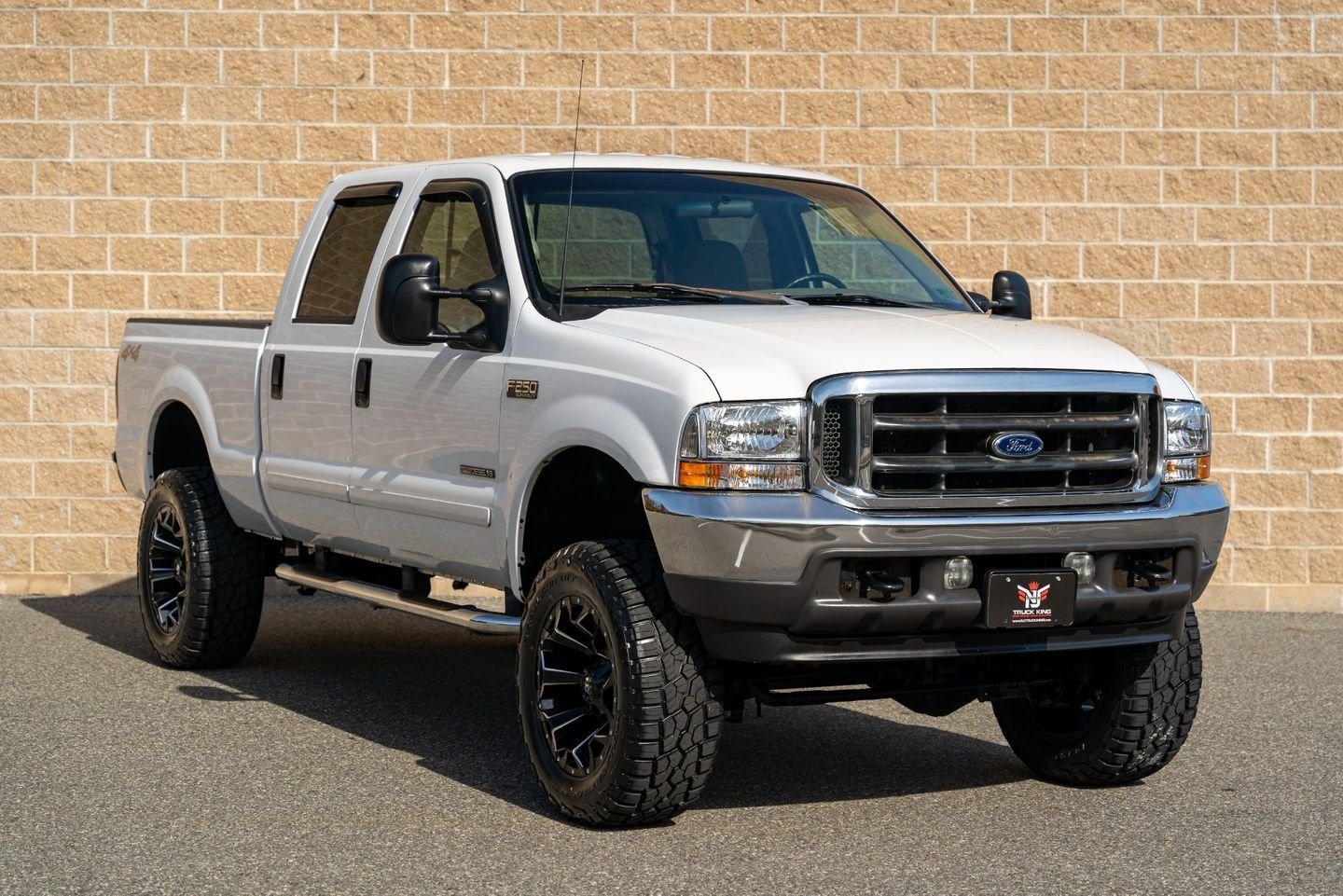
2. Ford F-250/F-350 (1999–2003) – 7.3L Power Stroke Diesel
The 7.3L Power Stroke turbo-diesel V8, used in Ford Super Duty trucks from 1999 to 2003, has a near cult-like following due to its durability and lifespan. Developed by Navistar International, this engine is often seen powering trucks with 400,000 miles or more without a major rebuild.
It’s built with a cast-iron block and forged steel internals, and its straightforward HEUI (Hydraulic Electronic Unit Injection) fuel system, while old-school by modern standards, is incredibly robust. These engines are known for shrugging off abuse, from excessive towing loads to prolonged idling, with minimal wear.
Another reason the 7.3L engine is so beloved is its ease of maintenance. There’s a large aftermarket and community support, making it easier to find solutions to any problems that do arise. Additionally, because the engine is relatively simple compared to modern diesels, owners can perform much of the work themselves without needing specialized diagnostic equipment.
These trucks were often used in fleet operations, ranches, and heavy-duty work environments, yet they continue to run reliably long after competitors have thrown in the towel.
Ford’s decision to phase out the 7.3L in favor of more emissions-friendly engines was met with widespread disappointment. The newer Power Stroke variants have not consistently matched the legendary reliability of the 7.3. For anyone seeking a diesel truck that rarely requires a rebuild under proper maintenance, the Ford Super Duty with the 7.3L Power Stroke is a gold standard.
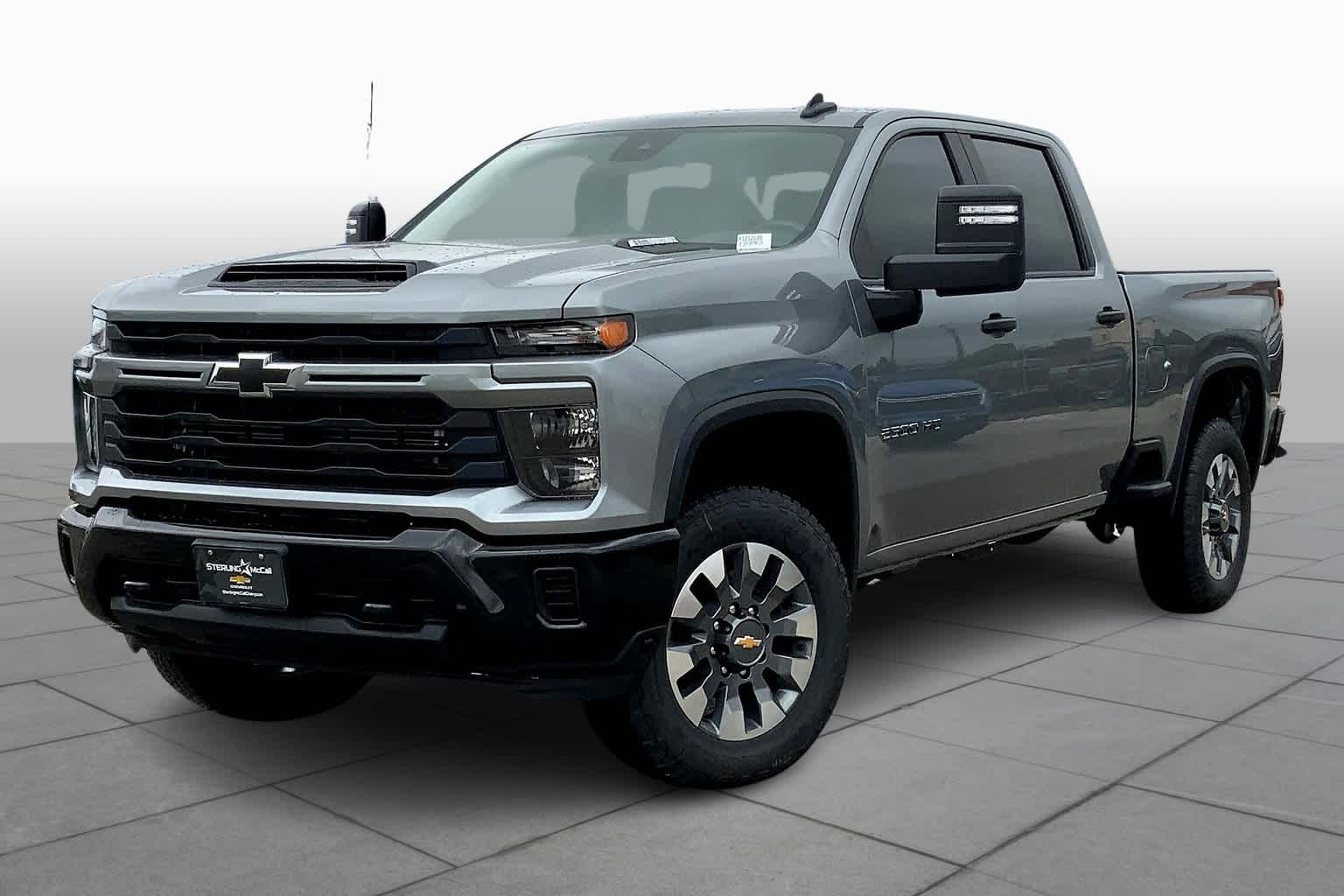
3. Chevrolet Silverado 2500HD (2001–2006) – 6.6L Duramax LB7
The LB7 variant of the 6.6L Duramax diesel engine, used in early 2000s Chevrolet and GMC HD trucks, stands out for its ruggedness and high mileage durability.
Developed through a partnership between GM and Isuzu, the LB7 featured aluminum heads on a cast-iron block, a setup that was advanced at the time but executed with remarkable precision. It delivers strong towing power while maintaining long-term reliability, often exceeding 300,000 miles with only routine maintenance like injector servicing.
Though the LB7 had early issues with fuel injectors, most of these were addressed under GM’s extended warranties, and upgraded parts have resolved these issues in the aftermarket.
The rest of the engine, including its rotating assembly and block design, is over-engineered for longevity. Unlike newer diesels that suffer from emissions-related complications, the LB7 is pre-DPF and EGR-heavy systems, making it cleaner in its simplicity and far easier to maintain for long-term ownership.
Duramax LB7 engines are favored by enthusiasts who want a no-nonsense workhorse that doesn’t compromise on power or longevity. They have become a popular choice for engine swaps and heavy-duty work builds, in part because they just keep running.
If you’re looking for a used HD truck with a diesel engine that seldom needs a rebuild, an LB7 Duramax-equipped Silverado is a top contender.
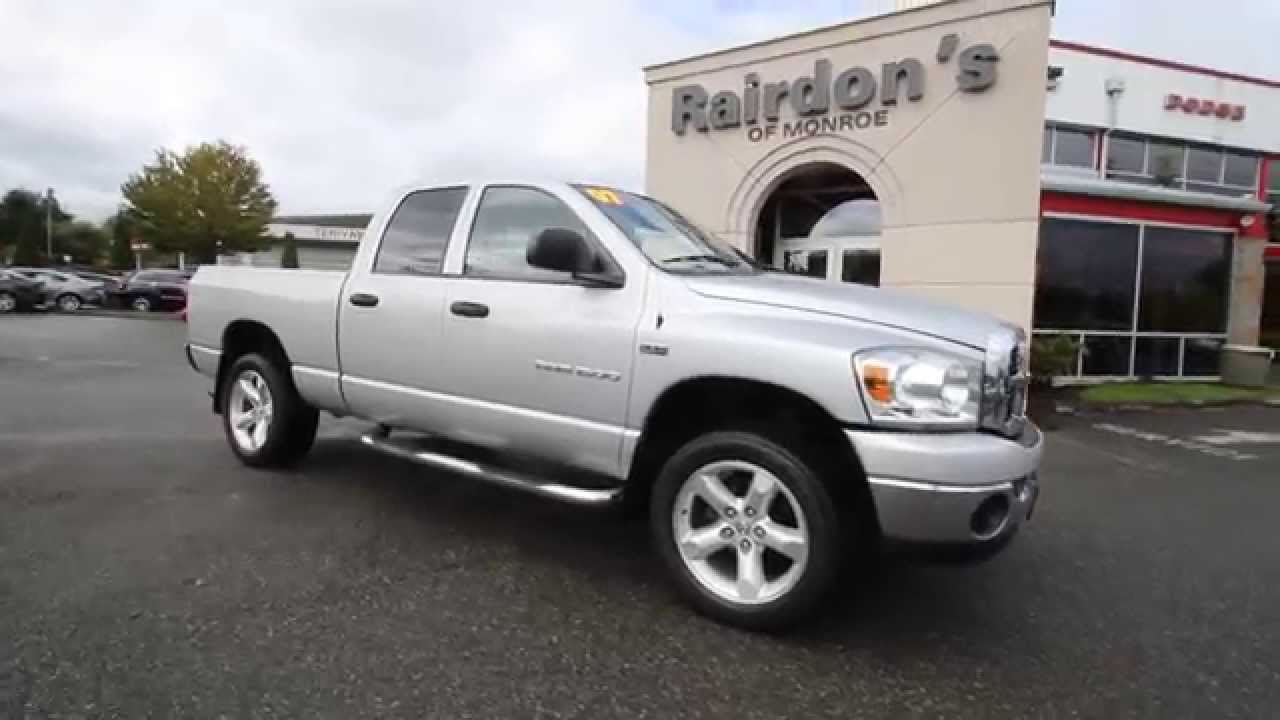
4. Dodge Ram 2500/3500 (1994–1998) – 5.9L 12-Valve Cummins
The 5.9L 12-valve Cummins engine in mid-90s Dodge Ram heavy-duty trucks is practically a legend. Built like industrial machinery, this inline-six diesel engine was originally designed for agricultural and commercial applications, which explains its overbuilt components and extreme reliability.
With its cast-iron block and head, mechanical injection pump (the Bosch P7100), and minimal electronic interference, the 12-valve Cummins is known to run for 500,000 miles or more without requiring a rebuild.
What makes the 12-valve Cummins especially attractive is its simplicity. The mechanical injection system means that it can be tuned or repaired without a laptop or complex electronics.
It’s not uncommon to see these engines swapped into other platforms, including Ford and GM trucks, due to their indestructible nature and massive torque potential. The aftermarket for this engine is enormous, allowing for even more robust upgrades that don’t compromise reliability.
Owners of these trucks often note that while the rest of the vehicle may wear out—suspension, interiors, transmissions—the engine keeps going. It’s a testament to how Cummins built something far beyond what was required for a consumer pickup. For longevity, rebuild resistance, and pure mechanical resilience, the 5.9L 12-valve Cummins is unmatched.
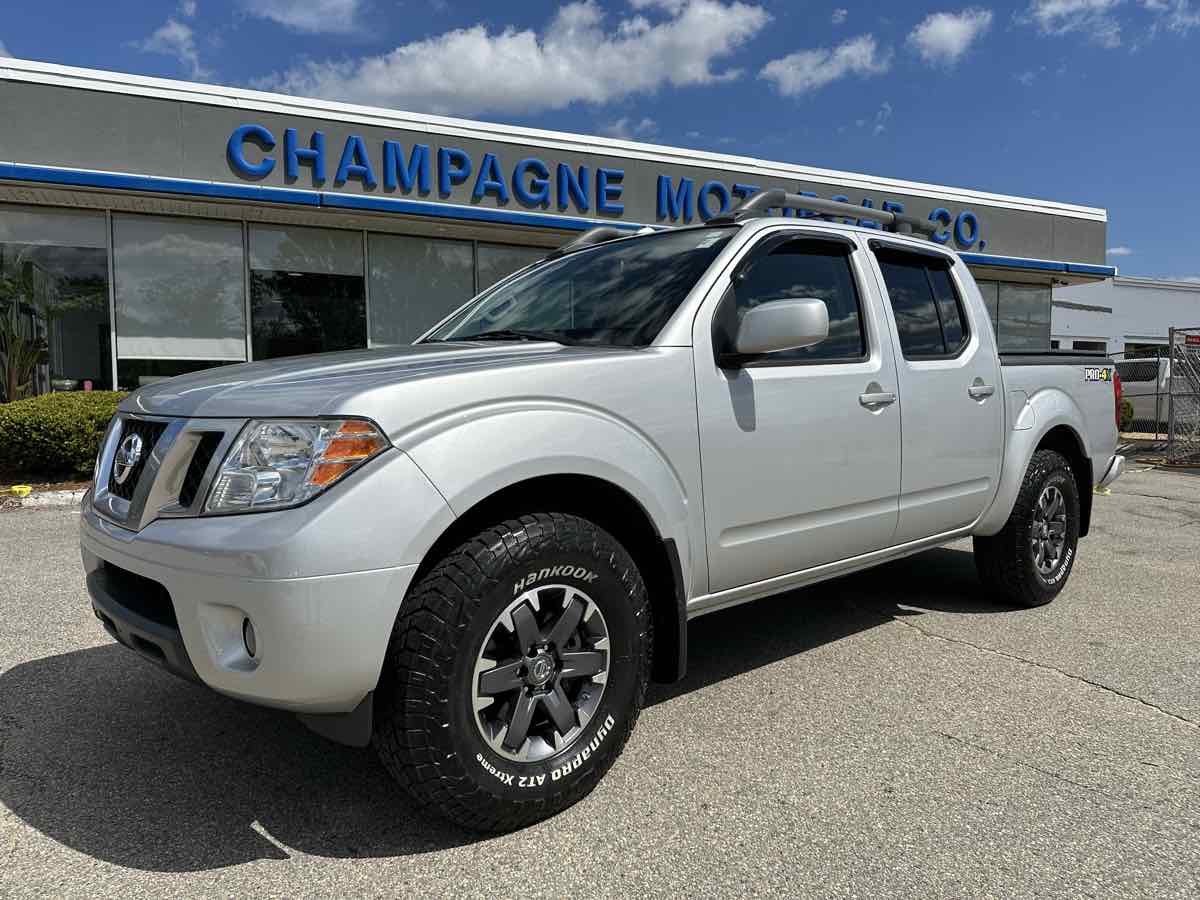
5. Nissan Frontier (2005–2019) – 4.0L V6 (VQ40DE)
The Nissan Frontier’s 4.0L VQ40DE V6 might not get the spotlight like some diesel counterparts, but it’s a quiet warrior in the realm of reliable gasoline truck engines.
Derived from Nissan’s VQ engine family, which has earned accolades across multiple platforms for its balance of performance and durability, the VQ40DE in the Frontier is tuned more for torque and longevity. Many Frontiers with this engine easily eclipse the 250,000-mile mark without needing internal engine work.
One major factor in its longevity is the engine’s robust bottom end and reliable timing chain setup, which eliminates the need for belt changes. While early models had radiator issues that could lead to transmission problems, the engine itself remained solid.
Once this cooling issue was addressed—often by replacing or bypassing the factory radiator—the Frontier became a favorite among budget-minded off-roaders and tradespeople alike.
While not as powerful or high-tech as newer rivals, the Frontier’s VQ40DE delivers an unbeatable combo of simplicity, affordability, and longevity.
It’s a great example of how a gas engine, when engineered properly, can resist rebuilds even under tough use. If you’re after a mid-size pickup with an engine that won’t quit, the Frontier is a dark horse candidate worth serious consideration.
Engines That Constantly Blow
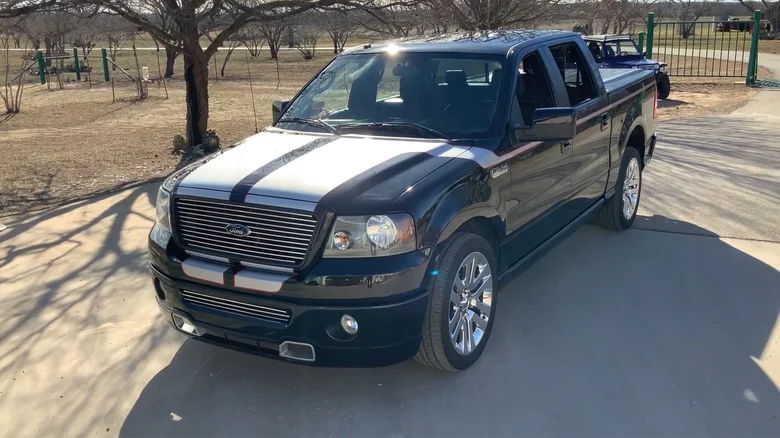
1. Ford F-150 (2004–2008) – 5.4L 3-Valve Triton V8
The 5.4L 3-valve Triton V8 used in mid-2000s Ford F-150s is infamous for a laundry list of engine problems that can—and often do—lead to premature failure. One of the most common issues is the poorly designed spark plug setup.
Instead of a traditional thread-in plug, the 3-valve Triton uses a long, two-piece plug prone to breaking off inside the head during removal. This problem alone has caused countless hours of labor and frustration for owners and mechanics alike, often turning a simple tune-up into an engine teardown.
Another Achilles’ heel of this engine is its cam phaser system. As part of Ford’s early attempt at variable valve timing, the cam phasers in the 5.4L Triton are notorious for wearing out, leading to rough idling, knocking noises, and eventually internal damage. Replacement is expensive and time-consuming, and for many owners, it’s a recurring issue.
In addition, oil flow problems within the heads can lead to premature wear on the top end, resulting in ticking lifters or even complete valvetrain failure. These engines are also known for timing chain tensioner issues, which can contribute to catastrophic failures if not caught in time.
While Ford made strides to improve reliability in later engines, the damage to the Triton’s reputation was already done. Many mechanics now recommend replacing the engine entirely rather than attempting a rebuild due to the high labor costs and complex design.
In the used truck market, this generation of F-150 often sells for less, not due to the truck itself, but because of the engine under the hood. For those seeking long-term dependability, this is one truck engine to avoid.
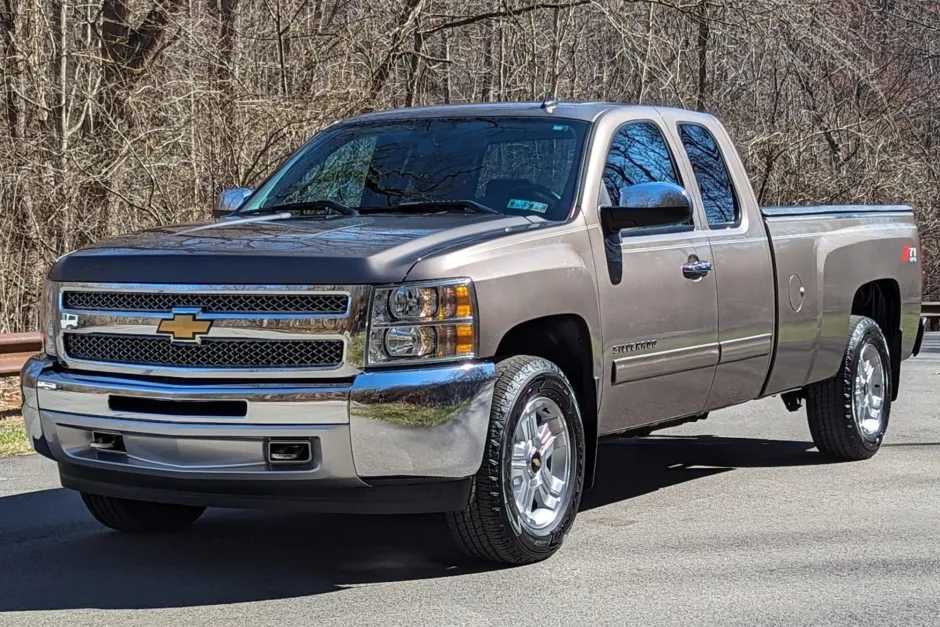
2. Chevrolet Silverado (2007–2013) – 5.3L AFM V8 (Active Fuel Management)
On paper, the 5.3L V8 with Active Fuel Management (AFM) used in many GM trucks during the late 2000s and early 2010s looks like a solid powerplant. It offers decent horsepower, good towing capacity, and improved fuel economy by shutting off half the cylinders under light loads.
However, in practice, the AFM system has been a ticking time bomb for engine longevity. These engines are known to burn oil at alarming rates, often without warning, leading to low-oil conditions and eventual internal damage.
The core problem lies in the AFM lifters, which are prone to collapsing. When they fail, they can damage the camshaft and other top-end components, sometimes taking the entire engine with them.
GM attempted to mitigate these issues in later years, but many early AFM-equipped engines fail well before reaching 150,000 miles. Once lifter failure starts, repairs can be extensive and expensive, often requiring top-end or full rebuilds.
To avoid these issues, some owners disable the AFM system via aftermarket tuners, while others opt to rebuild the engine entirely and delete AFM hardware. Unfortunately, for those unaware or unable to intervene early, these engines are frequent victims of catastrophic failure.
The prevalence of oil consumption, lifter collapse, and early rebuilds makes the AFM-era 5.3L V8 one of the more problematic truck engines in recent memory.
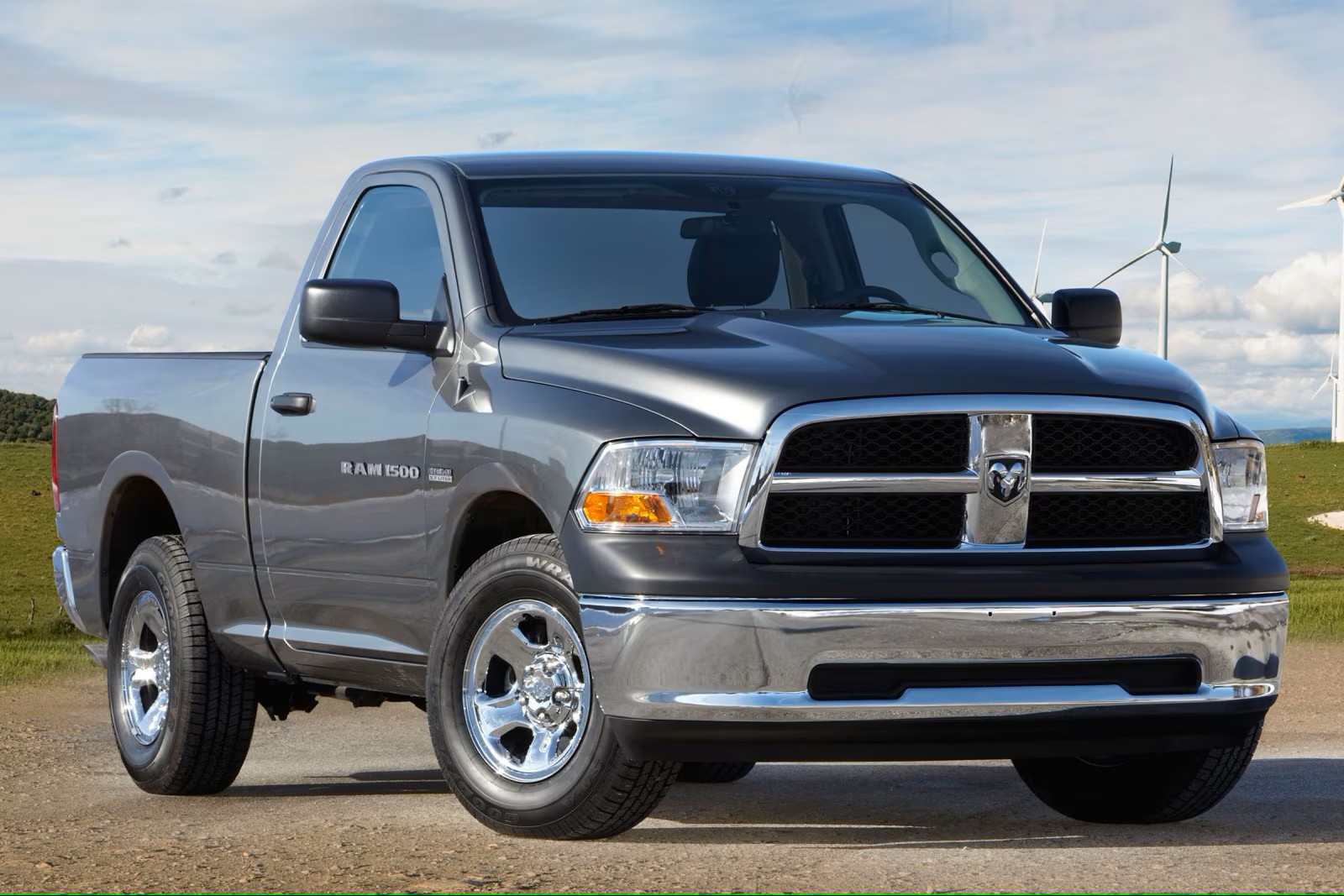
3. Dodge Ram 1500 (2001–2008) – 4.7L V8 (Magnum SOHC)
The 4.7L Magnum V8 used in early-to-mid 2000s Dodge Ram 1500s is one of the most notorious examples of an engine that rarely survives without a rebuild. Chrysler designed the engine to be lightweight and compact, but the trade-off came at the expense of long-term durability.
The main issue stems from inadequate cooling, which leads to overheating, blown head gaskets, and cracked cylinder heads. Once heat damage sets in, internal components like the pistons, rings, and bearings begin to fail rapidly.
Another common problem is sludge buildup due to poor oil circulation and narrow oil passages. If oil changes are skipped or even slightly delayed, sludge can clog lifters and cause oil starvation to critical parts of the engine. The result? Camshaft and valvetrain failure, often before 150,000 miles.
The 4.7L also uses plastic timing chain guides, which can disintegrate over time, causing slack in the chain and potential timing failure.,Despite being decently powerful and relatively efficient for its time, the 4.7L V8 was simply not built to endure heavy workloads or poor maintenance. It’s one of those engines that needs perfect upkeep just to reach average mileage expectations.
Mechanics often advise against rebuilding due to parts costs and the engine’s inherent design flaws. In the used truck market, a Ram 1500 with this engine should be approached with serious caution.
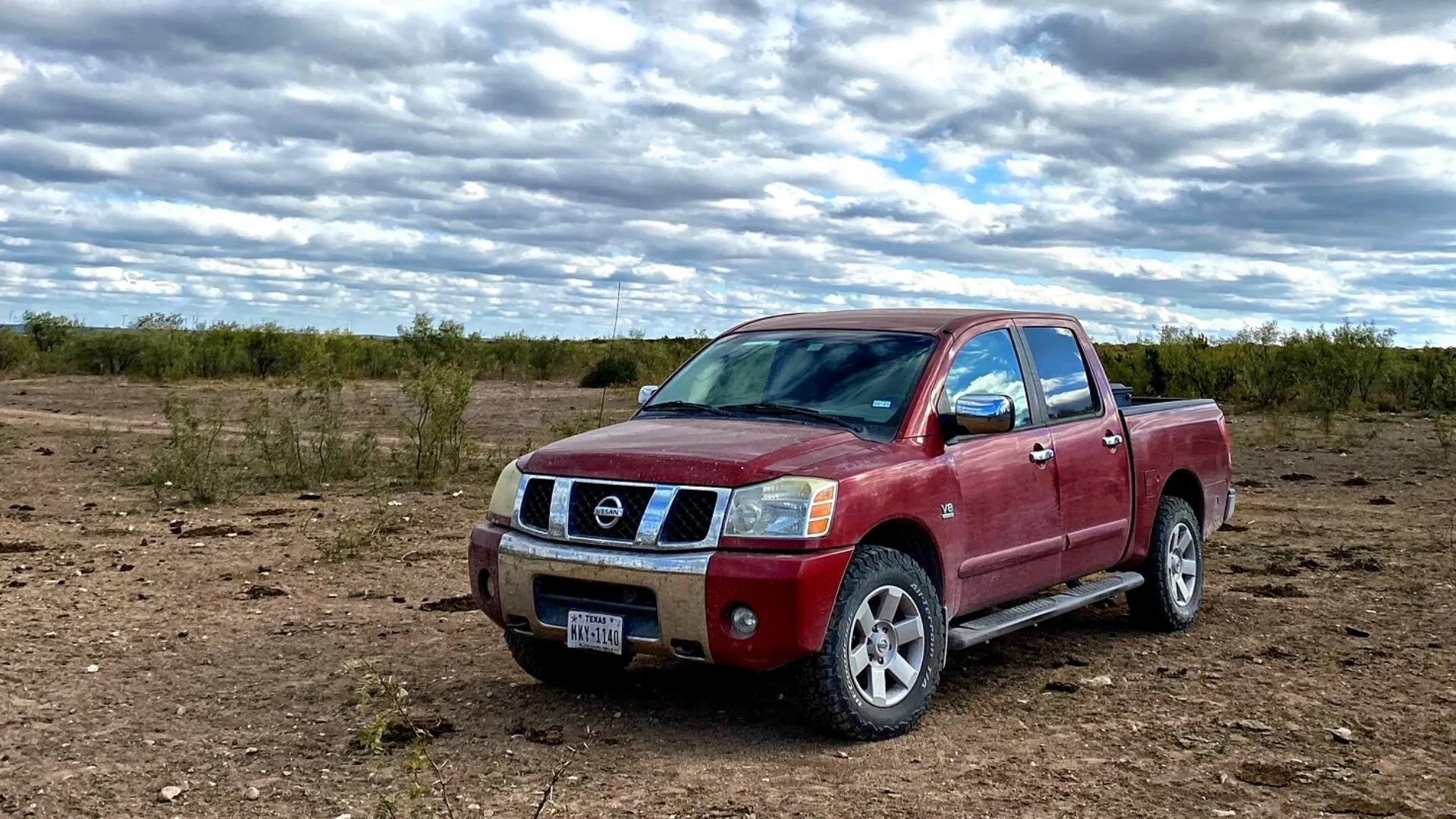
4. Nissan Titan (2004–2010) – 5.6L Endurance V8 (VK56DE)
The 5.6L V8 in early Nissan Titans, known as the VK56DE, was intended to be a strong competitor in the full-size truck market, boasting impressive torque and respectable towing capacity. However, its long-term reliability has been anything but competitive.
One of the earliest problems to surface involved cracked exhaust manifolds, which not only caused annoying noise but could also lead to performance degradation and poor fuel economy. While not necessarily catastrophic, it was an early red flag for a series of deeper issues.
Oil consumption and timing chain failure have plagued this engine as well. Over time, stretched timing chains and worn guides result in a loud whining noise and, if neglected, full-blown timing failure. These timing components are difficult and expensive to replace due to the engine’s packaging.
Additionally, the VK56DE’s thirst for oil often goes unnoticed by owners, leading to low-lubrication conditions that kill camshafts and rod bearings. Valve guide and seal issues have also led to the loss of compression in older engines.
While later variants of the VK56 improved on some of these flaws, the early Titans often end up in the scrapyard long before they should. The high cost of repair, especially related to the timing chain and oiling system, makes rebuilding unattractive for most owners. It’s a cautionary tale of how an engine with decent specs can be undone by poor design and execution.
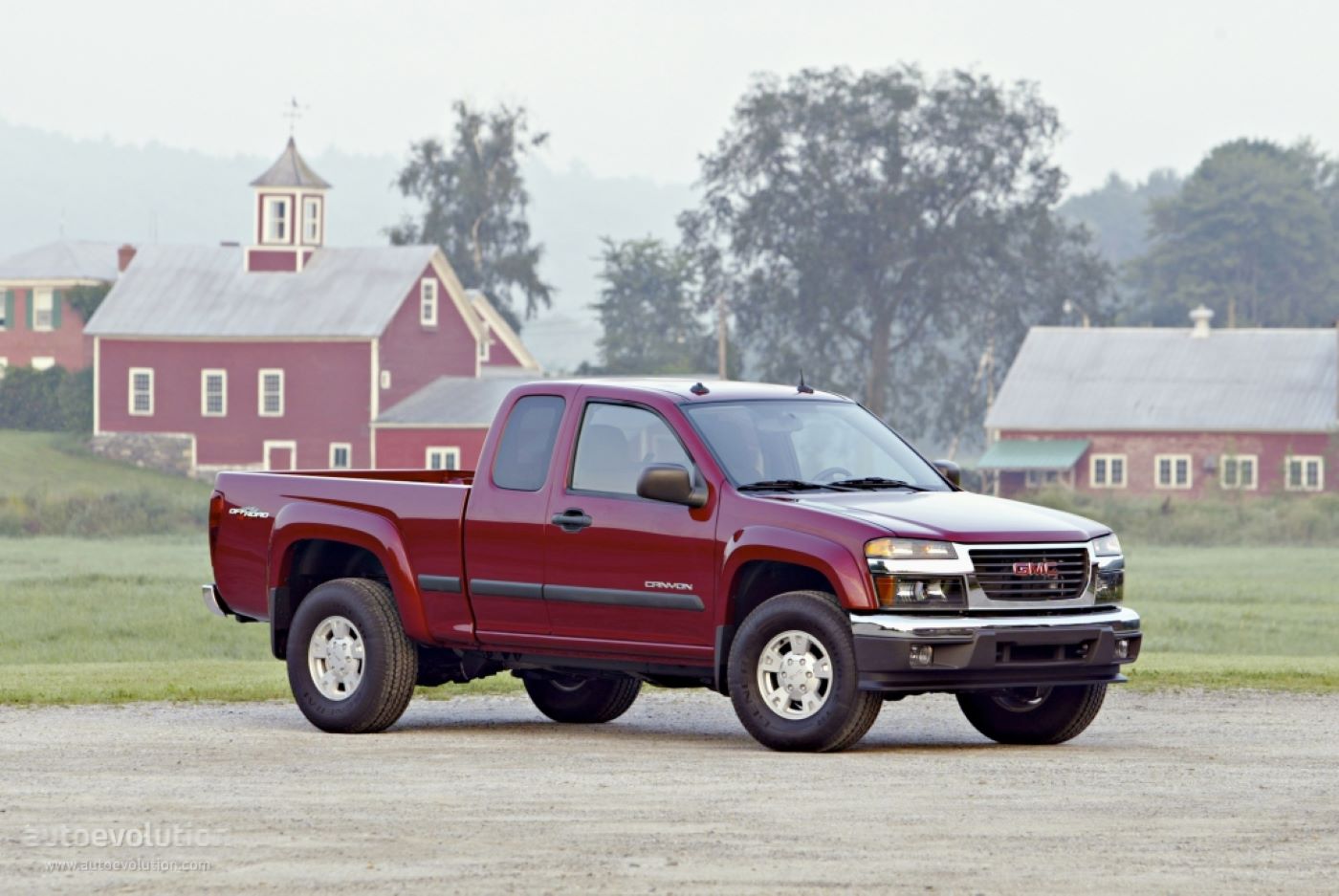
5. Chevrolet Colorado (2004–2012) – 3.5L / 3.7L Inline-5 (Atlas I5)
GM’s 3.5L and later 3.7L inline-five engines used in the first-generation Chevrolet Colorado and GMC Canyon are a unique entry on this list. Attempting to bridge the power gap between four- and six-cylinder engines, the inline-five “Atlas” series was an engineering experiment that never quite delivered.
While innovative, it introduced a host of reliability concerns that make these trucks risky long-term investments. One of the biggest problems was valvetrain wear. Ticking lifters, failing camshafts, and poor head design led to loss of power and, eventually, complete failure.
These engines are also notorious for timing chain problems. GM used a complex, multi-chain system that tends to stretch over time, especially when oil changes are skipped or extended.
Once the chains stretch, tensioners can fail, leading to catastrophic timing failures. To make matters worse, the inline-five configuration led to awkward engine balance, resulting in excessive vibration and premature wear on motor mounts and other components.
While not as catastrophic as some V8 disasters, the Atlas I5 engines rarely make it past 200,000 miles without needing serious internal work. They tend to suffer gradual degradation that culminates in either full rebuilds or engine replacements. For buyers looking at used mid-size trucks from this era, the 3.5L and 3.7L-equipped Colorados should be considered high-risk options.
ALSO READ: 5 Budget Cars With Premium Feel and 5 That Feel Stripped Down
In the truck world, reliability isn’t just a luxury—it’s a necessity. Whether you’re a construction worker hauling gear to job sites, an overland enthusiast traversing remote wilderness, or simply a daily driver who needs a dependable machine, the engine is the single most important component when it comes to longevity.
Over the past few decades, the automotive market has seen a broad spectrum of powerplants: some engineered for the long haul, others rushed to production with design flaws that quickly rear their ugly heads. This divide is starkly visible in the list of trucks covered above—those with engines that seem to run forever and those that seem to break just when you need them most.
The standouts—like the Toyota 3.4L V6, 7.3L Power Stroke Diesel, and 5.9L 12-valve Cummins—didn’t earn their reputations through marketing hype. They proved their worth in real-world scenarios: towing heavy loads across states, idling through extreme climates, and surviving decades of minimal maintenance.
What sets these engines apart is not only their mechanical strength but also their simplicity. Without unnecessary complexity, they remain easier and cheaper to maintain, which only compounds their lifespan advantage. It’s no surprise that these engines are often favored in fleet trucks, off-road rigs, and even engine swaps—there’s a universal respect for an engine that just won’t quit.
In contrast, the engines on the “blows often” list serve as cautionary tales of what happens when cost-cutting, overly complex designs, or untested innovations meet the harsh realities of daily use. Engines like Ford’s 5.4L Triton and GM’s AFM-equipped 5.3L V8s offered great specs on paper but quickly revealed deep flaws in execution.
From persistent oil consumption and cam phaser failures to timing chain issues and sludge-prone oil passages, these engines often became maintenance nightmares for owners and mechanics alike. And once these issues start, they tend to snowball, leading to major repairs or full rebuilds, long before the 200,000-mile mark that many truck buyers expect as a baseline.
It’s also worth noting that modern emissions systems and fuel-saving technologies, while beneficial from an environmental and regulatory standpoint, have introduced new vulnerabilities to today’s engines.
Cylinder deactivation, advanced timing systems, and high-strung turbos all add layers of complexity—and with them, potential points of failure. That’s why many truck owners still seek out older models with proven engines, even at the cost of newer amenities or slightly worse fuel economy. In many ways, simplicity has become the new luxury in truck ownership.
So, whether you’re hunting for a used truck or evaluating your next new purchase, the lesson here is clear: know your engine. A well-designed powerplant can save you thousands over the life of the vehicle, not just in repair costs, but in time, downtime, and peace of mind.
Look for the engines that last, and steer clear of the ones that don’t. Because when you rely on your truck to get the job done, you need to trust the beating heart under the hood won’t give up before you do.

